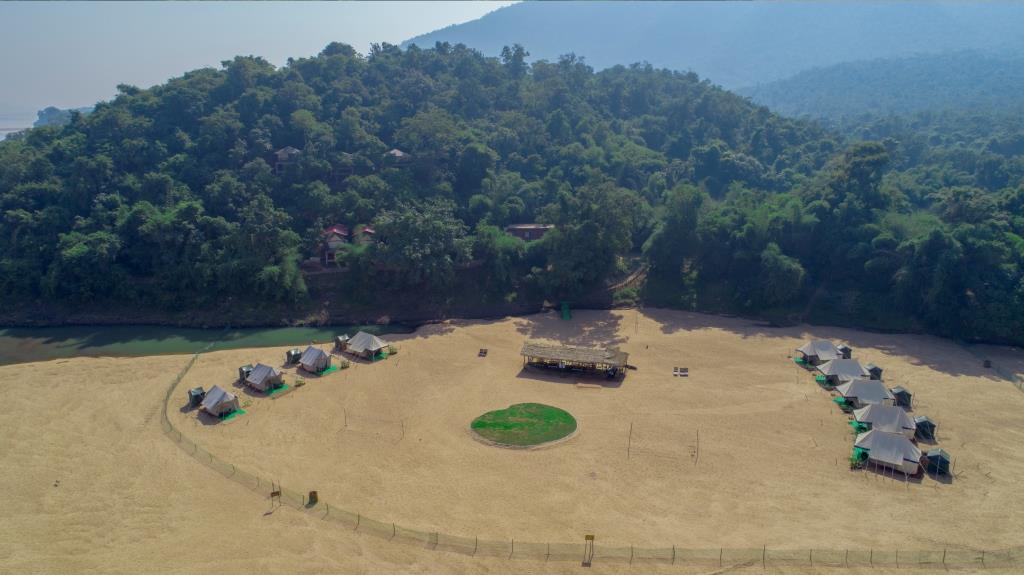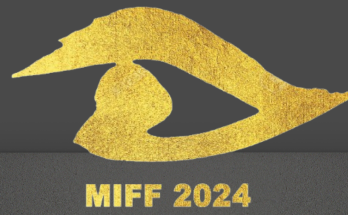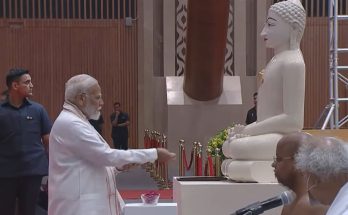By Anshu Pragyan Das
Earlier Nayagarh district was only known for temples. Few were aware of the remote forest village Badmul in the heart of Satkosia Tiger Reserve on the bank of the Mahanadi in the district.
In 2016, the forest department started an eco-tourism project at Badmul as a community based nature tourism destination. The project, named as Satkosia Sands Resort and Nature Camp, started with nine tents on sandbar of the Mahanadi and seven cottages on the mountain slope overlooking the mighty Satkosia Gorge. It turned out to be a success from the beginning.
From Rs.27 lakh in 2016-17, the revenue rose to Rs.60 Lakh in 2017-18 and touched Rs.1.30 crore in 2018-19. Last year, Satkosia Sand Resort and Nature Camp attracted 3,000 odd visitors, 20 per cent of them being eco-tourists from Germany, France and Britain.
Satkosia Sands Resort and Nature Camp not only serves as a livelihood option for the forest dependent communities of south part of Satkosia but it has also been able to build a stride of confidence among the tribal population and rural women. The nature camp is managed by 28 villagers of Badmul (Bethiasahi) and around six villages are earning their livelihood from this single project.

Earlier, a majority of the men from Badmul village used to migrate outside or depended on the forest produce for their livelihood support including poaching and selling of meat of wild animals. Women used to collect forest produce and even poached wild animals of the tiger reserve for sustenance. Poverty driven poaching in wildlife areas has often been the leading reason for low prey base ultimately leading to decline in carnivore population too.
But with the local population getting engaged in the project, migration and dependence on forest produce has minimised while poaching has stopped. Now the same local people are advocating importance of wild habitat strongly.
Two years back, Chowsinghas with calves were first time reported in the Mahanadi wildlife division. For having better population of wildlife in the area, initiatives are on for creation of more inviolate spaces for wildlife by closure of illegal fishing in Satkosia gorge in core, closure of roads passing through core, and erection of new anti-poaching camps with VHF in poaching prone areas. Formation of EDCs in poacher villagers, drive for plastic free Satkosia, enrolling women in protection squads, and solar fencing around villages to prevent livestock movement to forests are now supported and maintained by all the local villagers for having better population of wildlife in the area.
Satkosia Sands Resort and Nature Camp at Badmul is a nature tourism as well as conservation success story. The landscape is now free from forest fire and poaching, the two worst enemies of wildlife habitat. Each family managing the project have earned around Rs.1.5-2 lakh this year against Rs.20,000 yearly income prior to the project.
The nature camp also runs a programme “Poachers turned Protectors of Satkosia” where common tourists can interact with former poachers who have been rehabilitated by the forest department.
Birding, boating, sports, cycling, trekking, farm visits, village tours and canopy walk have been a part of the nature camping at Badmul. The stakeholders work in different capacities in the camp – boatman, eco-guide, accountant, cook, service person and manager.
All villages adjoining the Mahanadi river of Mahanadi division are also now protecting the sandbars of Badmul area as Indian skimmers visit those in winters and many writers, environmentalists, conservationists and birders reach the nature camp to photograph them. All initiatives by the officials of the division of south Satkosia to create inviolate area for wildlife and protect the core of the tiger reserve are now supported and maintained by the villagers surrounding the core. Satkosia Gorge being an important habitat for both Gharial and Mugger is also now protected by locals.
Badmul eco-tourism has benefitted the adjoining villages as they have been supplying vegetables, fish, milk and other essential items to the camp on a daily basis. Earlier, the same nature camp area was used by sand mafias for collection of illegal sand from the river bed with the villagers’ help. But now it has been completely stopped as protecting the landscape has given the villagers economic returns.
Wildlife conservation completely depends on public support. Villages in Mahanadi wildlife division (south Satkosia) were having grievances relating to road connectivity, electricity, livelihood issues, restrictions and regulations on the forest. Nature tourism is not the answer to all but also to address those issues. For enrolling public support, all villages have been electrified by cable wires, while road connectivity has also been strengthened in south part of Satkosia.
From eco-tourism to wildlife conservation, here are model villages of Odisha that have become shining examples of what community can do for a better future. It is for the first time in the state that a village could earn such an amount from any kind of community projects. The success story also speaks about the secret treasures of state and the potential Odisha carries for sustainable eco-tourism with landscapes like Similipal, Satkosia, Bhitarkanika, Chilika, Phulbani and Koraput.
As on today, 40 community managed nature camps are functioning across the state occupying different areas with different biological importance. This financial year, Odisha eco-tourism projects have earned a total revenue of Rs.5.6 crore providing employment to more than 1,000 forest dependent villagers.
The best part of Odisha model of community based nature tourism in comparison to other states is that 90 per cent of the revenue generated from eco-tourism goes to the local community, which is a stake holder of the projects.
(Das is the divisional forest officer, Mahanadi wildlife division cum ECF, eco-tourism, forest department, Odisha)




